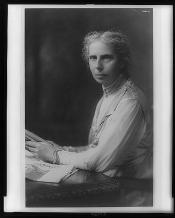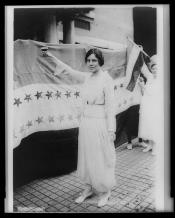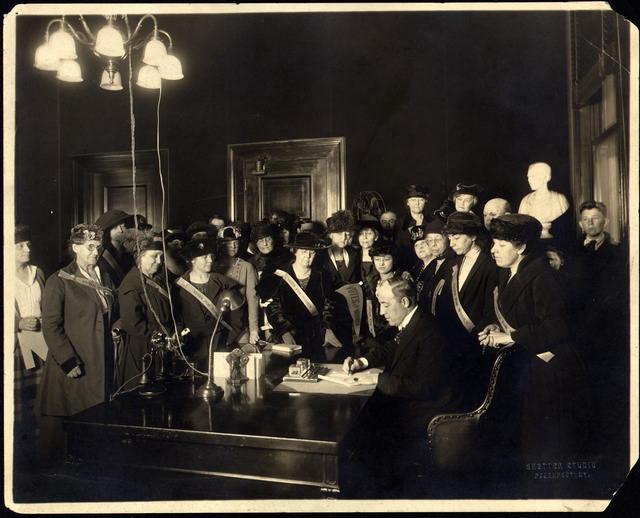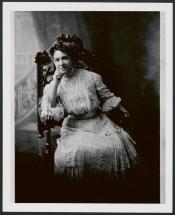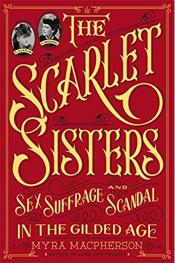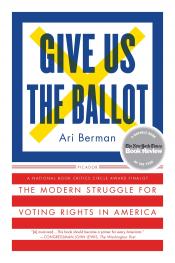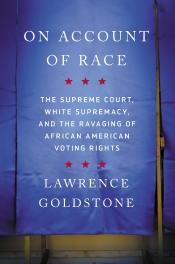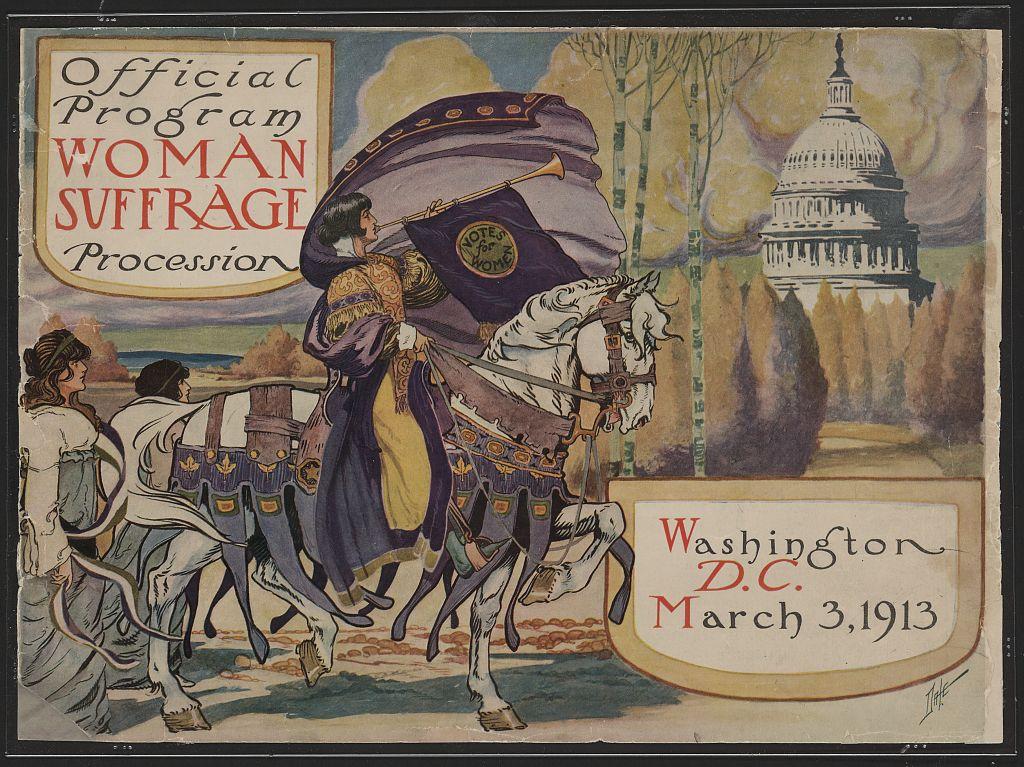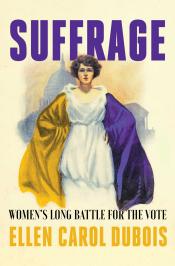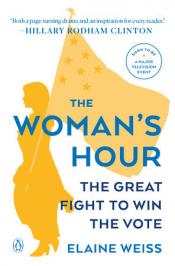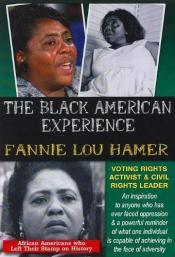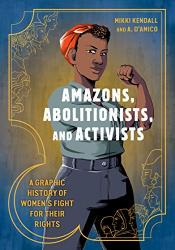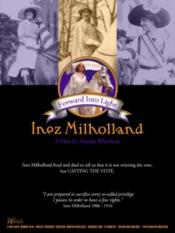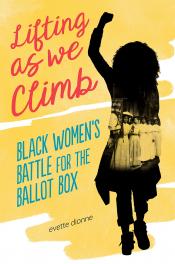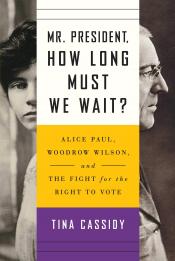The summer of 1920 was an exciting time in history. The 19th amendment to the Constitution of the United States was passed by the U.S. Congress and ratified by a majority of the states. This amendment granted all eligible women in the United States the right to vote. After years of speeches, gathering signatures, marching, picketing, facing violent opposition, striking, protesting, being arrested, jailed and even committed, women won the battle. While millions of women helped bring about the vote, there were several key players in the fight.
Some notable figures in the women’s suffrage movement were Susan B. Anthony, Marie Louise Bottineau Baldwin, Mary McLeod Bethune, Alice Stone Blackwell, Lucy Burns, Carrie Chapman Catt, Helen Appo Cook, Anna Julia Cooper, Matilda Joslyn Gage, Sarah Moore Grimke, Frances E.W. Harper, Julia Ward Howe, Jovita Idár, Mabel Ping-Hua Lee, Inez Milholland, Lucretia Mott, Alice Paul, Jeannette Rankin, Josephine St. Pierre Ruffin, Mary Ann Shadd Cary, Elizabeth Cady Stanton, Lucy Stone, Harriet Beecher Stowe, Mary Church Terrell, Sojourner Truth, Harriet Tubman, Ida B. Wells-Barnett and Zitkala-Sa, to name a few. Don't recognize most of these names? Learn more about each of these women using the library eSource Gale in Context: Biography. A woman’s right to vote in the U.S. was first presented in “Declaration of Sentiments” by Elizabeth Cady Stanton at the Woman’s Rights Convention in Seneca Falls, NY in 1848. Do you know your women’s suffrage history? Try taking one of these quizzes from the 2020 Women’s Vote Centennial Initiative: Quiz 1 and Quiz 2.
Women leading the suffrage movement weren’t always unified. Some established groups were working on multiple issues: slavery, racial and gender equality, citizenship, property rights, and temperance, in addition to voting rights. This led to discord in the woman’s suffrage movement. Some suffragists believed only white women should be granted the right to vote. Other suffragists were more conservative and tried to distant themselves from those they thought too radical. The 15th Amendment, granting black men the right to vote, also split suffragists. This led to several different organizations being formed, merged or renamed, such as:
American Woman Suffrage Association (AWSA), Congressional Union for Woman Suffrage (CU),
National American Woman Suffrage Association (NAWSA),
National Association of Colored Women (NACW), National Federation of Afro-American Women, National League of Colored Women,
National Woman Suffrage Association (NWSA), and
National Woman’s Party (NWP). Some of these exist today with different names, NAWSA is now the
League of Women Voters, NACW is the
National Association of Colored Women’s Clubs (NACWC), and
NWP is still active.
The 1920 Amendment wasn’t the first time a woman suffrage amendment was presented to the legislative branch of the U.S. government. In 1878, the amendment was proposed to the U.S. Senate and failed in 1887. It was again presented in 1914, 1918 and 1919. Finally the second time is was proposed in 1919, it passed in the U.S. House of Representatives in May and the U.S. Senate in June. Now a three-fourths majority of the states had to ratify the amendment. On August 18, 1920, Tennessee became the 36th state to ratify the 19th Amendment. It was received and certified by Secretary of State Bainbridge Colby on August 26, 1920, and became official. Several states, including Florida, did not ratify the amendment. Some didn't symbolically ratify it until many years later.
Florida passed a suffrage law in 1921, but didn't officially ratify the 19th amendment until 1969.
After the 19th Amendment was ratified, Alice Paul stated, “It is incredible to me that any woman should consider the fight for full equality won. It has just begun.” The battle continued, especially in the South, as to who was considered an ‘eligible’ voter. African-Americans, immigrants and those with lower incomes were often disenfranchised. Women of color and others were denied voting rights based on literacy tests, poll taxes, and intimidation. When the 19th Amendment passed, Native Americans and Asian-Americans were not allowed to be citizens. Even after they were, some states didn’t recognize them as such and therefore denied them the right to vote. Slowly new laws and a multitude of activists helped bring more equality with several immigration acts between 1943 and 1965, the Equal Pay Act of 1963, the Civil Rights Act of 1964, and the Voting Rights Act of 1965. Now that you know a bit more about what went into gaining your right to vote, go and exercise it! www.votealachua.com
Learn more about women’s suffrage from the following sites and read about how it is being celebrated. You’ll discover articles, photos, games, online exhibits, research, videos, artwork and more.
2020 Women’s Vote Centennial Initiative – Centennial Crossword, Florida Woman Suffrage History Quiz
Florida Memory (State Library and Archives of Florida) – Woman’s Equality Day, Women’s History Collections, Images of Women’s History in Florida
Library of Congress – Votes for Women, Women of Protest, Shall Not be Denied: Women Fight for the Vote
National Archives Museum - Rightfully Hers: American Women and the Vote
National Park Service – Florida and the 19th Amendment, Overview of Women’s Suffrage, Struggle for Suffrage
National Women’s History Alliance – How Women Won the Vote, Women's Suffrage Centennial Update 2020-2021
National Women’s History Museum - Crusade for the Vote, Suffrage Movement Timeline
Women’s History National Historical Park – The 19th Amendment: A Crash Course
Women's Vote Centennial - National Women's Suffrage Month, Florida, Mable Ping-Hua Lee: How Chinese-American Women Helped Shape the Suffrage Movement, How Native American Women Inspired the Women's Rights Movement
Check out the eBooks we have on suffrage through our eSource Overdrive.
Learn more through books and documentaries by searching the library catalog.
All photographs are from the Library of Congress' Prints and Photographs Division.
